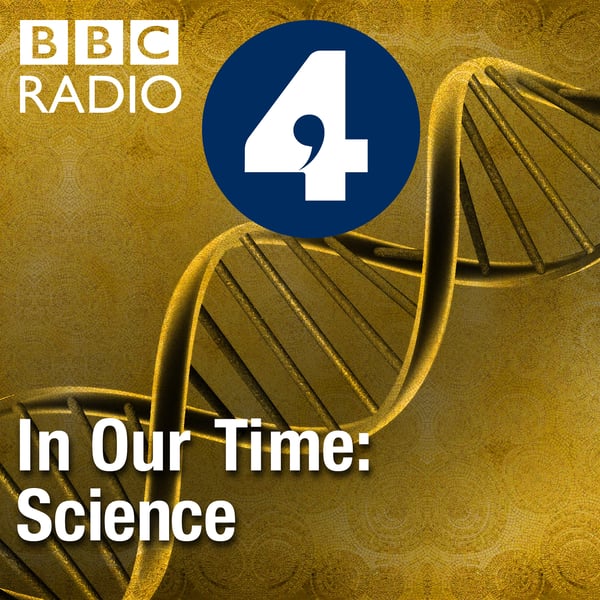Summary
Jupiter is the largest planet in our solar system, and it’s hard to imagine a world more alien and different from Earth. It’s known as a Gas Giant, and its diameter is eleven times the size of Earth’s: our planet would fit inside it one thousand three hundred times. But its mass is only three hundred and twenty times greater, suggesting that although Jupiter is much bigger than Earth, the stuff it’s made of is much, much lighter. When you look at it through a powerful telescope you see a mass of colourful bands and stripes: these are the tops of ferocious weather systems that tear around the planet, including the great Red Spot, probably the longest-lasting storm in the solar system. Jupiter is so enormous that it’s thought to have played an essential role in the distribution of matter as the solar system formed – and it plays an important role in hoovering up astral debris that might otherwise rain down on Earth. It’s almost a mini solar system in its own right, with 95 moons orbiting around it. At least two of these are places life might possibly be found.
With
Michele Dougherty, Professor of Space Physics and Head of the Department of Physics at Imperial College London, and principle investigator of the magnetometer instrument on the JUICE spacecraft (JUICE is the Jupiter Icy Moons Explorer, a mission launched by the European Space Agency in April 2023)
Leigh Fletcher, Professor of Planetary Science at the University of Leicester, and interdisciplinary scientist for JUICE
Carolin Crawford, Emeritus Fellow of Emmanuel College, University of Cambridge, and Emeritus Member of the Institute of Astronomy, Cambridge
Transcript
Click on a timestamp to play from that location
| 0:00.0 | BBC Sounds, music radio podcasts. |
| 0:04.7 | Thanks for downloading this episode of In Our Time. |
| 0:07.2 | There's a reading list to go with it on our website and you can get news about our |
| 0:10.7 | programs if you follow us on Twitter at BBC in our time. I hope you |
| 0:15.0 | enjoy the program. Hello Jupiter is the largest planet in our solar system and |
| 0:19.9 | it's hard to imagine a world more alien and different from Earth. |
| 0:24.0 | It's known as a gas giant. |
| 0:26.0 | Our planet would fit inside it 1,300 times, |
| 0:30.0 | but the stuff it's made of is much much lighter. |
| 0:33.0 | When you look at it through a powerful telescope you see a mass of colourful bands and stripes. |
| 0:38.0 | These are the tops of ferocious weather systems that tear around the planet including the great red spot |
| 0:44.8 | probably the longest lasting storm in the solar system. |
| 0:48.1 | Jupiter is so enormous that it sort of played an essential role in the distribution of matter as the solar system formed, |
| 0:56.0 | and it plays an important role in hovering up astral debris that might otherwise rain down on Earth. |
| 1:01.0 | We'd mean to discuss Jupiter, our Michelle Doherty, Professor of Space Physics |
| 1:06.4 | and head of the Department of Physics at Imperial College London, and Principal |
| 1:10.1 | investigator of the Magnetometer Instrument of the JU's spacecraft. |
| 1:15.0 | JUS is the Jupiter icy moon explorer. |
| 1:19.0 | Lee Fletcher, professor of planetary science at the University of Leicester and Interdisciplinary |
| 1:24.7 | Scientists for Juice and Carolyn Crawford, Emeritus Professor of |
| 1:28.7 | Emmanuel College University of Cambridge, an emeritus member of the Institute Astronomat Cambridge. |
| 1:34.8 | Caroline Crawford, one of the first people to make a detailed study of Jupiter was Galileo. |
... |
Transcript will be available on the free plan in -610 days. Upgrade to see the full transcript now.
Disclaimer: The podcast and artwork embedded on this page are from BBC, and are the property of its owner and not affiliated with or endorsed by Tapesearch.
Generated transcripts are the property of BBC and are distributed freely under the Fair Use doctrine. Transcripts generated by Tapesearch are not guaranteed to be accurate.
Copyright © Tapesearch 2025.

